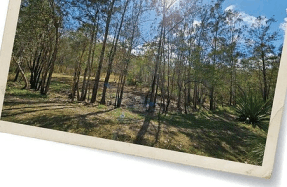SMALL SPACE GROWING
Feb 15, 2018
4 minutes
Words and photos by Kat Lavers







The Plummery’s vegie patch is the productive heart of our urban permaculture system. Measuring a modest 30 m2 (including paths), it has been managed through just a couple of hours a week. We swap our persimmons for pumpkins and buy a sack of potatoes, but year-round almost all of our vegies come from this little patch. Our records show that it produced more than 170 kg in 2016!
So what’s the secret? Do we use biochar, rock dust, mycorrhizal fungi? Is it biointensive? What about wicking beds, or vertical gardens? There are no magic bullets. The key to great yields is not sexy or even that difficult. But it does require a thoughtful design, attention at
You’re reading a preview, subscribe to read more.
Start your free 30 days



